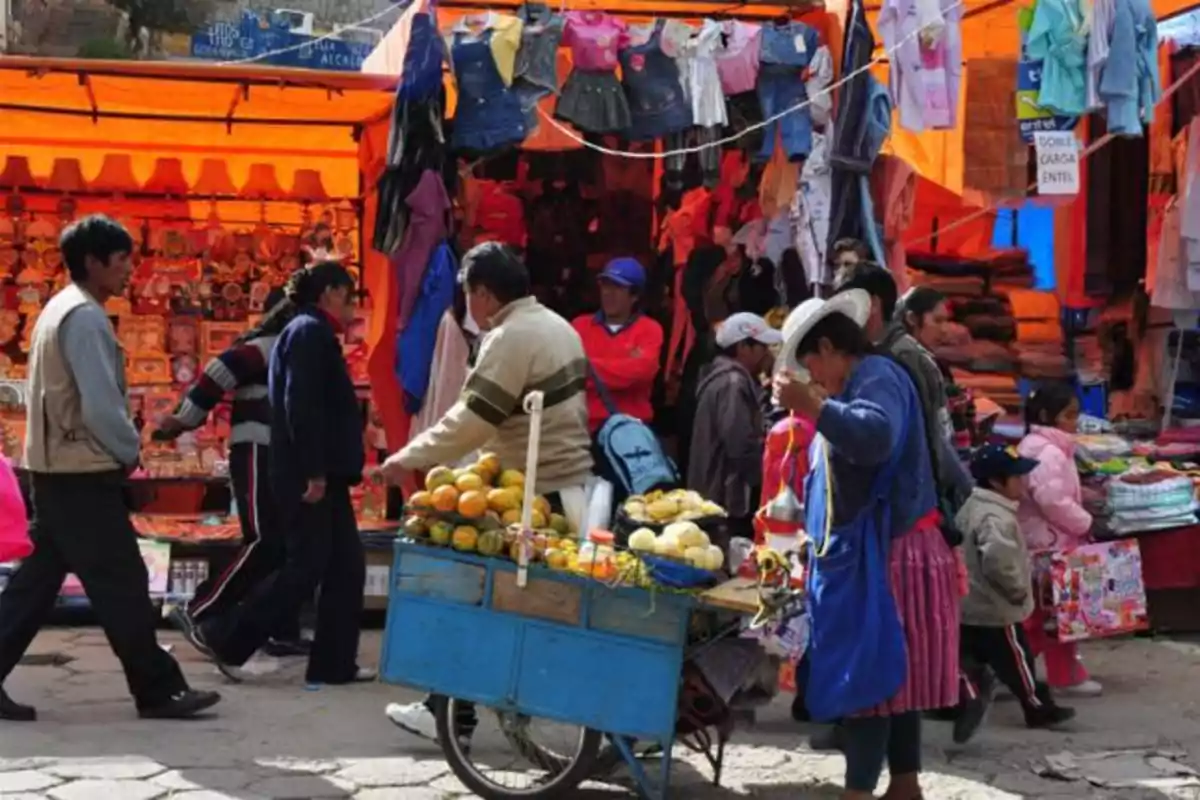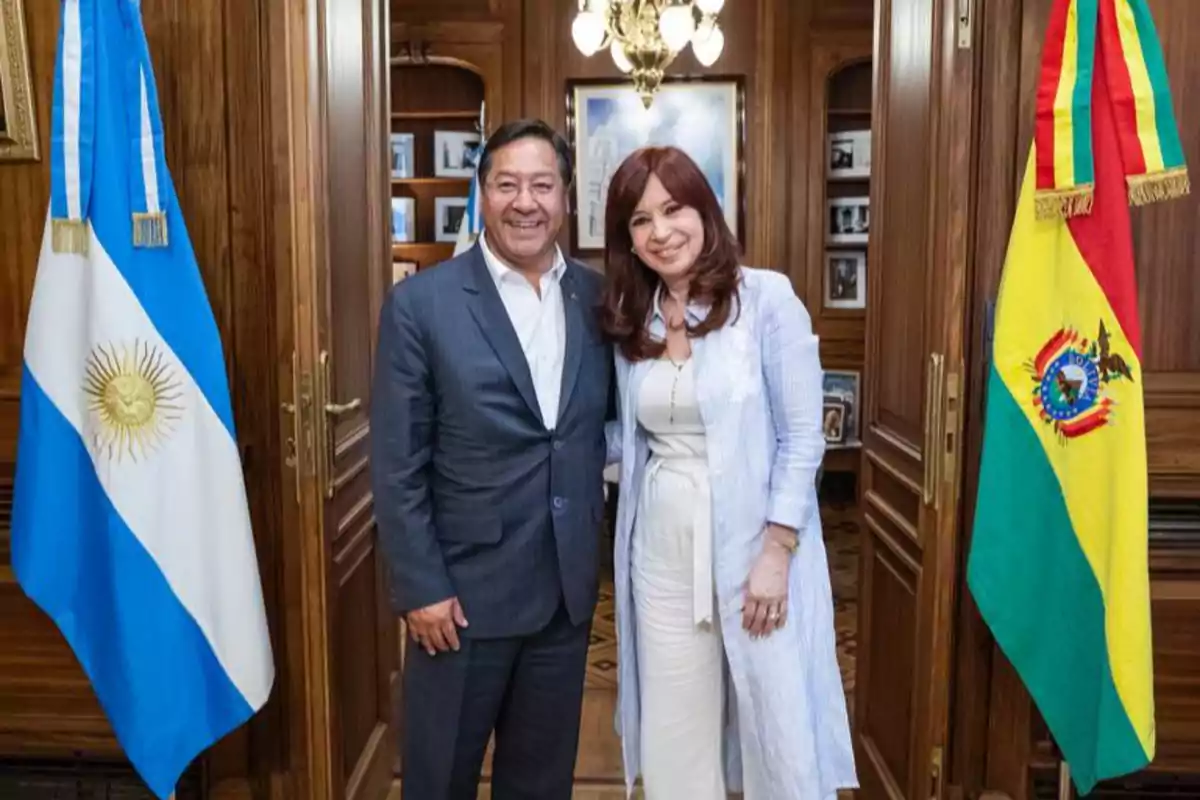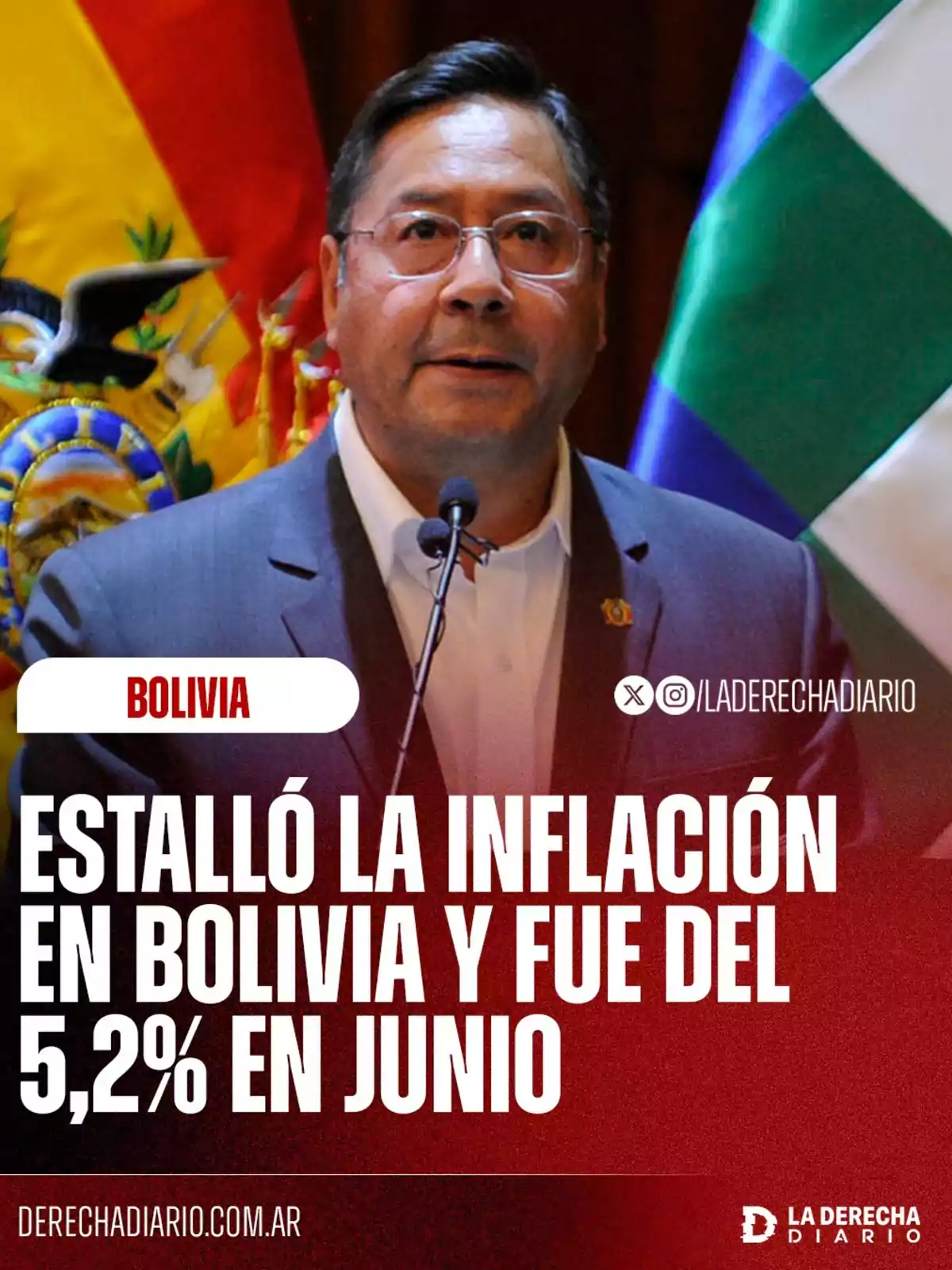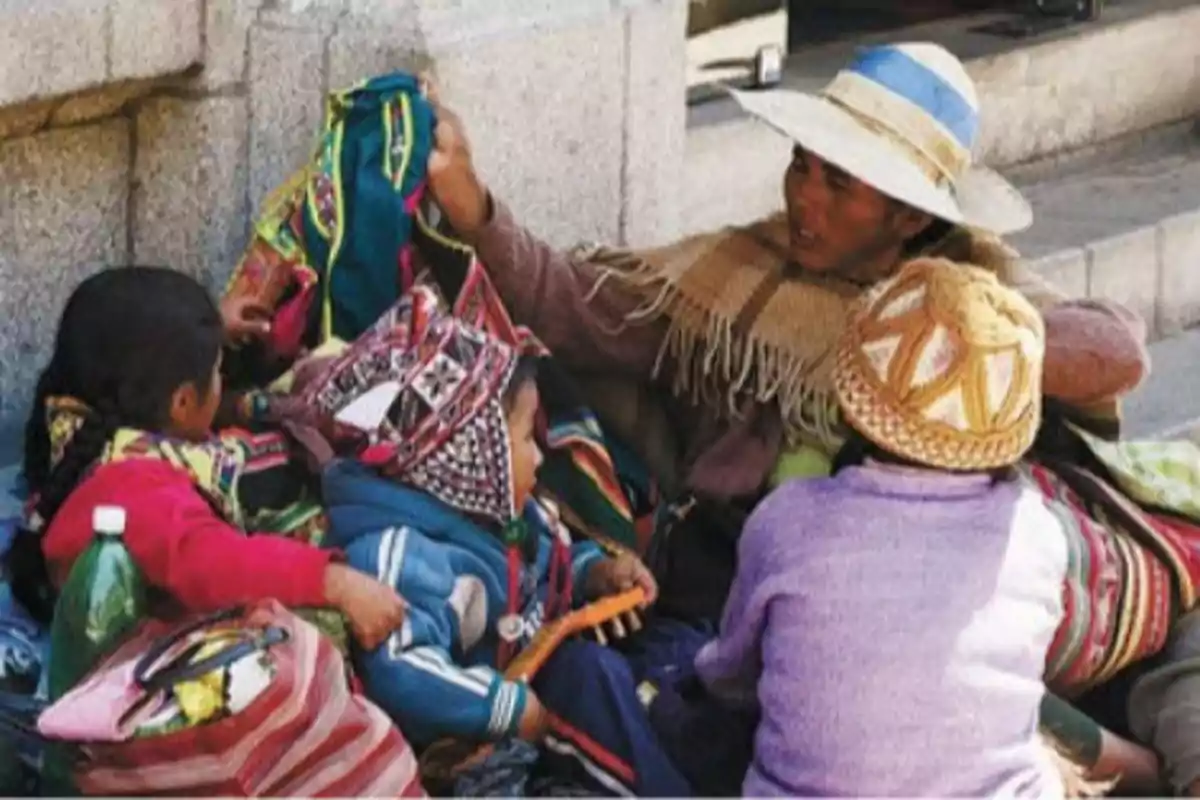
Bolivia in ruins: inflation soared to 5.2% monthly in June
The statist model promoted by Evo Morales and Luis Arce: uncontrolled inflation, subsidies, and political violence
The Bolivian economy is experiencing its most critical moment in 40 years. With accumulated inflation of 15.53% in the first half of 2025—the double of what the government had projected for the entire year—the Andean country is plunging into a perfect storm where shortages, lack of foreign currency, suffocating subsidies, and growing social tension converge. All this is happening just weeks before the presidential elections on August 17, which are anticipated to be the most tense of the last decade.
The figure was confirmed by Humberto Arandia, director of the National Institute of Statistics (INE), who admitted in a press conference that "it's very high" and that its effects "are felt in the citizens' pockets". The figure not only far exceeds the 7.5% target set by President Luis Arce's government, but also constitutes the highest level since the early 2000s.

June's monthly inflation climbed to a concerning 5.2%, a jump that set off all the alarms in the productive, financial, and social sectors. With runaway prices and growing uncertainty, Bolivia faces a crisis of confidence that threatens to further worsen the situation.
The origin of the economic deterioration is none other than the exhaustion of the model inherited from former president Evo Morales, based on state interventionism, exchange controls, and the artificial maintenance of prices through subsidies with dollars from the Central Bank. The country, which was once a net exporter of hydrocarbons, has now become an importer that depends on scarce foreign currency to guarantee the supply of fuel and basic products.

"The shortage of dollars affects 80% of the productive system, which needs that currency to import supplies," warned economic analyst Jorge Akamine. This situation has caused abrupt increases in staple products: the price of beef rose 13.39%; chicken, 12.99%; potatoes, 20.8%; and onions, 16.41%. In popular markets, the discontent is felt in every empty shelf.
This economic crisis is compounded by a wave of protests led by supporters of Evo Morales, disqualified from running in the August elections. The blockades, organized as a sign of protest, especially affected the center of the country and prevented the transportation of food from key regions such as Santa Cruz and Cochabamba. The unrest left a toll of six dead, including four police officers, and contributed to the worsening of the inflationary outlook.

Paradoxically, despite the gravity of the situation, President Arce has confirmed that he will not modify the exchange rate or withdraw fuel subsidies, in what many analysts interpret as an electoral measure to avoid political costs in the short term. The dollar remains artificially fixed at 6.96 bolivianos, while international reserves fall and parallel markets flourish.
"The government must make bold decisions and adjust public spending," say independent economists, who consider a structural reform inevitable to avoid a greater crisis. However, the ruling party seems determined to maintain the model until the end of the term, without acknowledging the failure of an economic recipe that today once again puts Bolivia on the edge of the abyss. With elections just around the corner and an impoverished and disillusioned citizenry, the scenario remains open.
More posts: